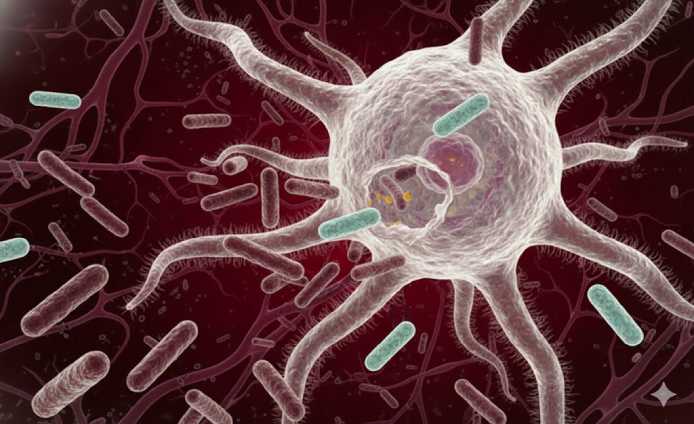Pleurotus ostreatus
Pleurotus ostreatus, known here as the “Grey Oyster” or “Oyster Mushroom,” is the most common member of the oyster family.
Widely cultivated in Asia and across the Atlantic, more and more small European growers are taking an interest in this wood-loving mushroom, which can sometimes be found in our forests during winter.
History
The natural habitat of the grey oyster mushroom is mainly in the undergrowth of temperate regions throughout the Northern Hemisphere. They are typically found on old hardwood logs, especially after the first frost of the year.
The first records of oyster mushroom cultivation on wooden logs are relatively recent and come from Germany (Flack, 1917). Shortly after, an American-Chinese trio—Block, Tsao, and Hau—optimized this cultivation technique. Since then, the grey oyster has become the third most cultivated mushroom in the world, after Shiitake and Button mushrooms.
Like all mushrooms grown at FloydFungi, this species is a primary decomposer, a saprophyte. It starts the wood decomposition cycle by digesting lignin and cellulose, turning them into organic matter more easily assimilated by other organisms, known as secondary decomposers. Recent studies have shown that the oyster, to compensate for nitrogen deficiencies in old wood, has developed a predatory technique: it paralyzes, kills, and digests small nematodes (roundworms) encountered along its path. Don’t worry—our oysters are vegan; we supplement our wood with organic wheat bran for nitrogen!
Nutritional Composition
- All essential amino acids for humans, especially tryptophan and threonine.
- Vitamins: B1, B2, B3, B5, B6, B7, D2 (after one hour of sun exposure)
- Minerals and trace elements: zinc, copper, phosphorus, potassium, iron, magnesium, manganese
Protein: 20–30% (dry weight)
- Polysaccharides: beta-(1,3-1,6)-glucans, also called “Pleuran”
- Stérols : ergostérol (provitamine D2), campesterol
- Fibres
- Lectines
Taste Experience
Grey oyster mushrooms have a delicate, refined flavor with a smooth, melting texture. They also have a subtle earthy note that makes them unique.
Some describe their taste as subtly reminiscent of seafood, while others detect a hint of anise.
Chefs often break the mushroom along its fiber line, from cap to stem, then slice as needed.
Recipe Ideas
Sautéed in butter
Recipes coming soon!
Skewered
Recipes coming soon!
In fritters
Recipes coming soon!
In crêpes
Recipes coming soon!
In omelette
Recipes coming soon!
In spaghetti sauce
Recipes coming soon!
As a meat side
Recipes coming soon!
In soups and stews
Recipes coming soon!
Functional and Medicinal Aspects
The grey oyster, a functional food from our region, may have interesting therapeutic properties. Here is some information below.
Blood Sugar and Cholesterol Management

Animal studies have shown that grey oyster mushrooms may have beneficial effects on sugar digestion, cholesterol levels, kidney function, and blood pressure.
Lowers blood sugar
Regulates cholesterol
Activates antioxidant enzymes
Lowers blood pressure
Lipid Metabolism & Gut Microbiota

Animal studies have shown benefits for lipid management and the bacteria forming our intestinal microbiota.
Reduces lipogenesis
Regulates gut microbiota
POTENTIAL ANTITUMOR EFFECT

Glycoproteins found in oysters—lectins—may have a beneficial effect against tumor cell proliferation and may also induce their programmed cell death (apoptosis).
Reduces lipogenesis
- Regulates gut microbiota
Disclaimer:
It is important to note that studies on the therapeutic properties of these mushrooms are still ongoing.
The information on our website does not replace professional medical advice and should not be used to diagnose, treat, or prevent any disease.
Please consult a doctor before using oyster mushrooms for medicinal purposes. Results may vary between individuals.
If you want to continue your own research on the grey oyster, here is a direct link to the PubMed database listing all known scientific articles to date:
pleurotus ostreatus – Search Results – PubMed (nih.gov)

